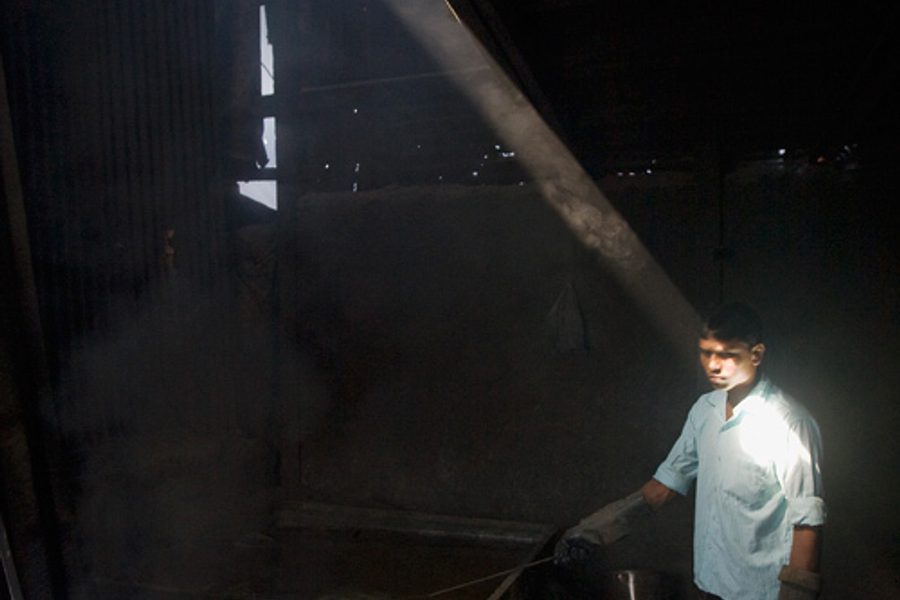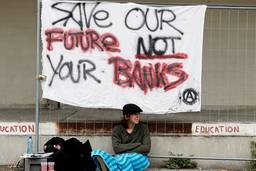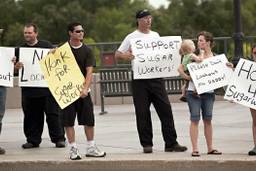
A new United Nations report on slum dwellers around the world offers both good and bad news: 22 million people were able to move out of the blighted areas in the last decade, a stat that is double the Millennium Development target.
On the other hand, the number of people living in slums worldwide increased by 55 million in the same period; the biennial report says that the 776.7 million slum dwellers in 2000 grew to 827.6 million in 2010.
Despite the gains made to reduce the number of people living in decrepit conditions, the numbers weren’t enough to counter the growing population and rising consequences from rapid urbanization. The report, titled “State of the World’s Cities 2010/2011: Bridging the Urban Divide,” warns that unless significant improvements are made, six million people will enter the global slum population annually and the total numbers will reach 889 million by 2020.
Slum dwellers also faced challenges with employment and displacement. A 2003 UN report on the challenges of slums (previously covered by In These Times) found that dwellers lacked formal recognition and worked low-income jobs with little productivity. Most of the individuals are employed in the informal economy and work low-income jobs in the garment industry, recycling services, housekeeping, other home enterprises, and earn money from piece-rate jobs.
The employment woes were coupled by the structural problems from modern development, a phenomenon referred to as the “urban divide.” Currently, more than half of the world’s population (3.49 billion) live in cities. These dense metropolitan areas have been able to attract businesses and develop infrastructure to help facilitate trade and interdependence with other areas for economic growth.
But the central reliance on cities have created unbalanced regions that lead to urban sprawl. Put simply, poor planning by cities in surrounding areas is leaving communities neglected.
Although the new report argues that there is a link between a country’s level of urbanization and its wealth, the development is not equal throughout the regional areas.The division creates disparity and socio-economic segregation. The lack of infrastructure, public facilities and absence of basic services including transportation and roads make it difficult for those on the outskirts to earn a living. The report says:
Urban sprawl involving the poor occurs because authorities pay little attention to slums, land, services and transport. Authorities lack the ability to predict urban growth and, as a result, fail to provide land for the urbanizing poor. In addition, the urban poor are denied land rights which is one of the main factors driving people to the periphery of towns, associated with urban sprawl in developing countries.
What’s more, these communities are not getting the resources they need because their interests are not represented. The UN says urbanization and development reforms tend to favor the rich and powerful.
Generally, planning and policies appear to favour the empowered, mainly the local and regional economic elite. In the developing world, this pattern is more often than not linked to historical and cultural hegemony, which adds to the intergenerational aspects of urban exclusion that lead to spatial partitioning and gentrification.
The United States isn’t spared in the report either, and it’s not surprising to find that many of major U.S. cities still have not confronted the legacy of segregation.
In “the other America,” poor black families and the chronically unemployed are clustered in ghettos, lacking access to quality education, secure tenure, lucrative employment and political power. Higher inequality often corresponds with greater segregation, especially for black residents. The most unequal city, Atlanta, Georgia, has the third-highest degree of black segregation, followed by New York City, Washington, D.C, Fort Lauderdale, and Miami…
As the world’s cities become even more dense in industrialized and developing countries alike, it’s important to expand urban planning beyond the metropolitan areas. Bridging the inequality gap will help to prevent political, economic and social discontent in the future.







